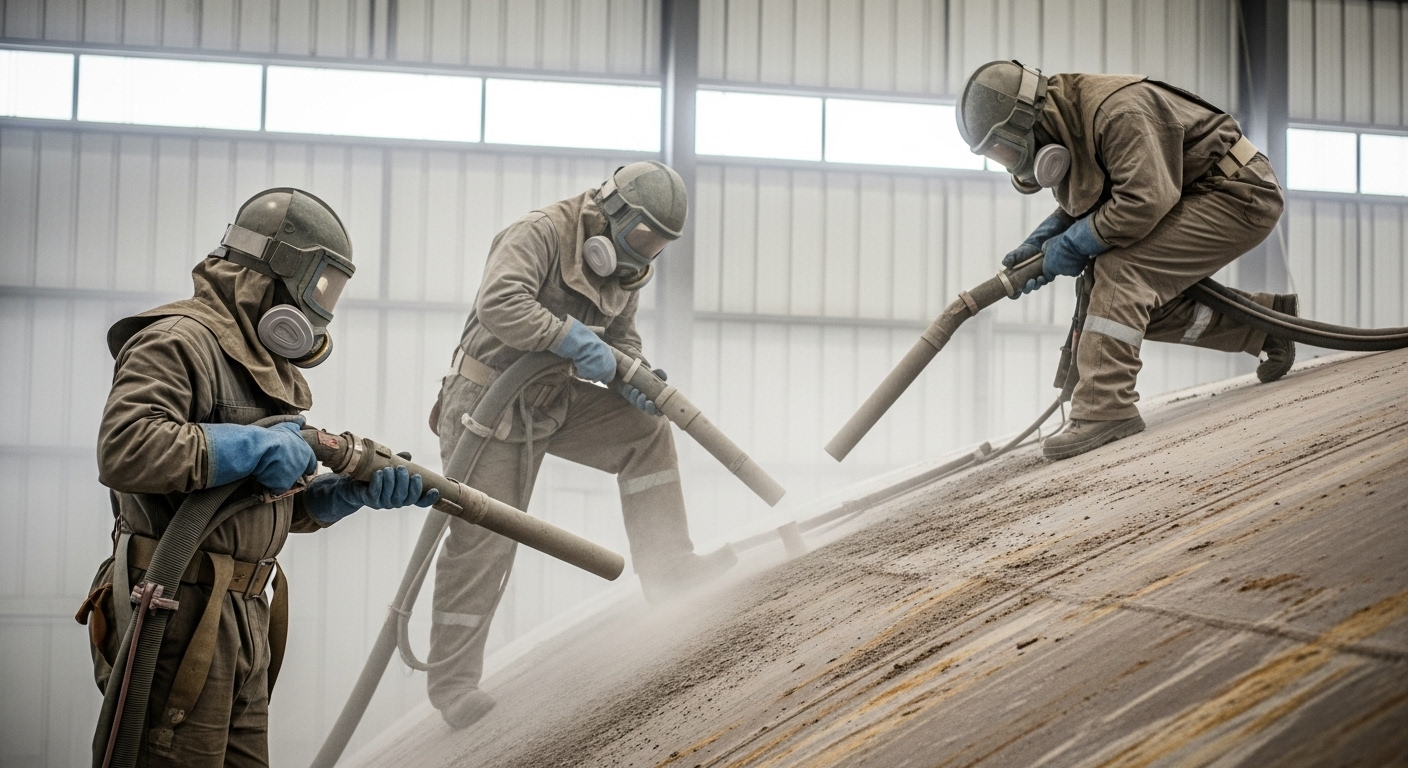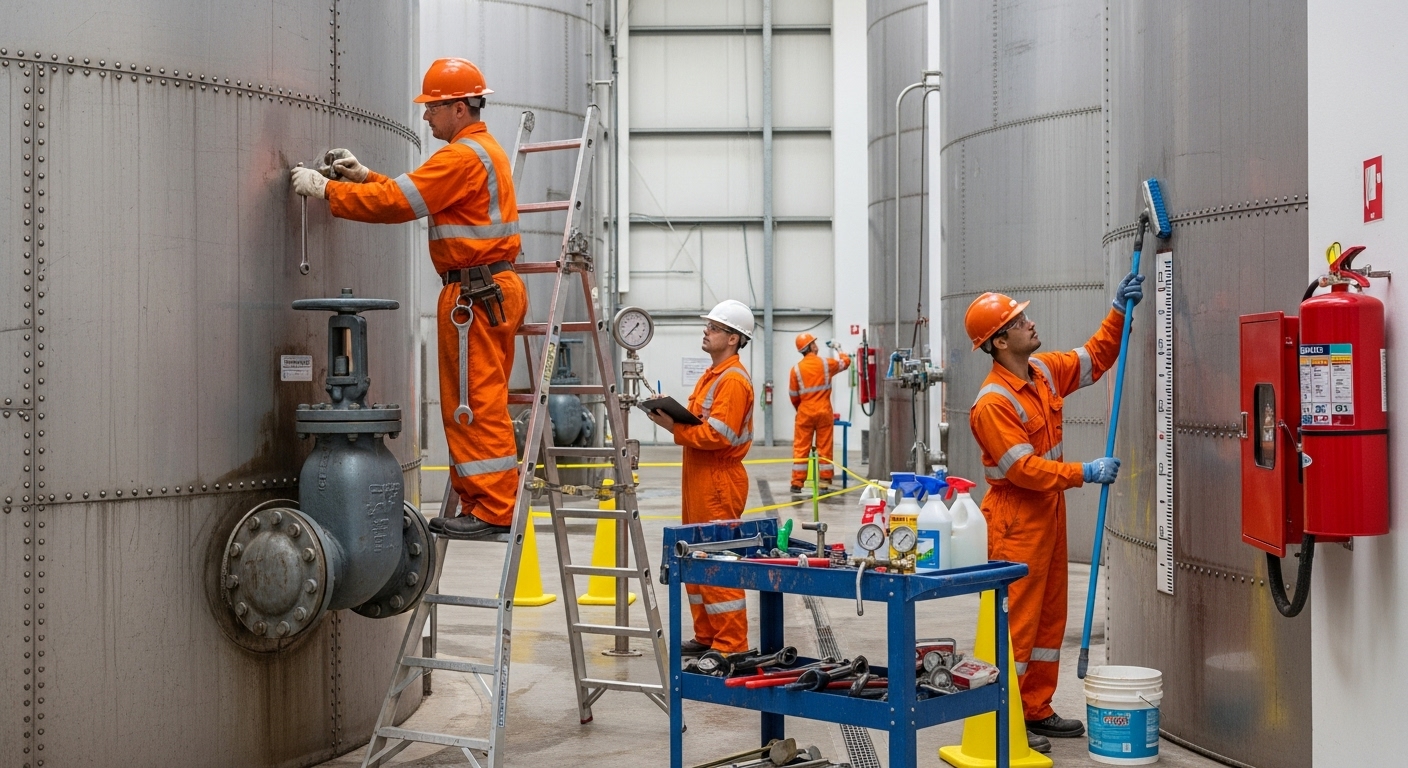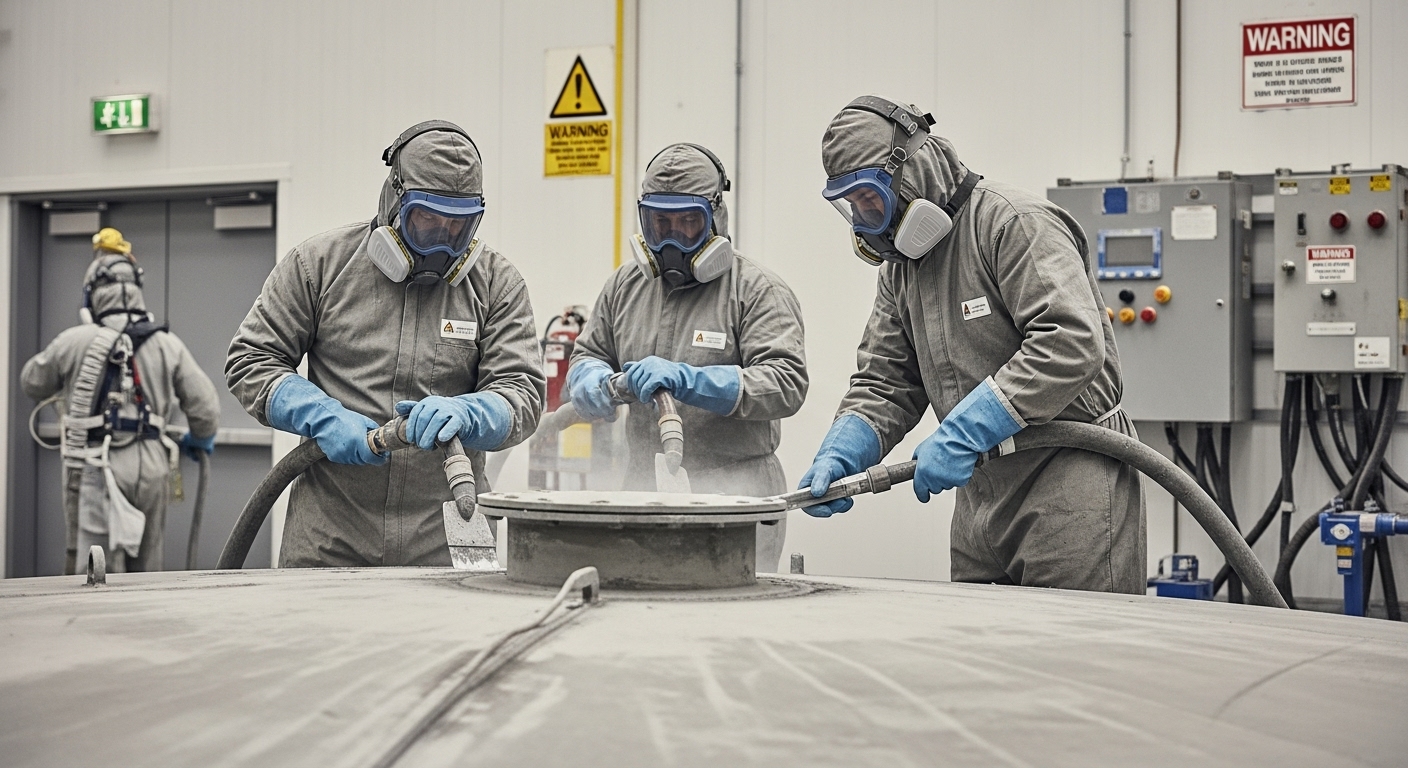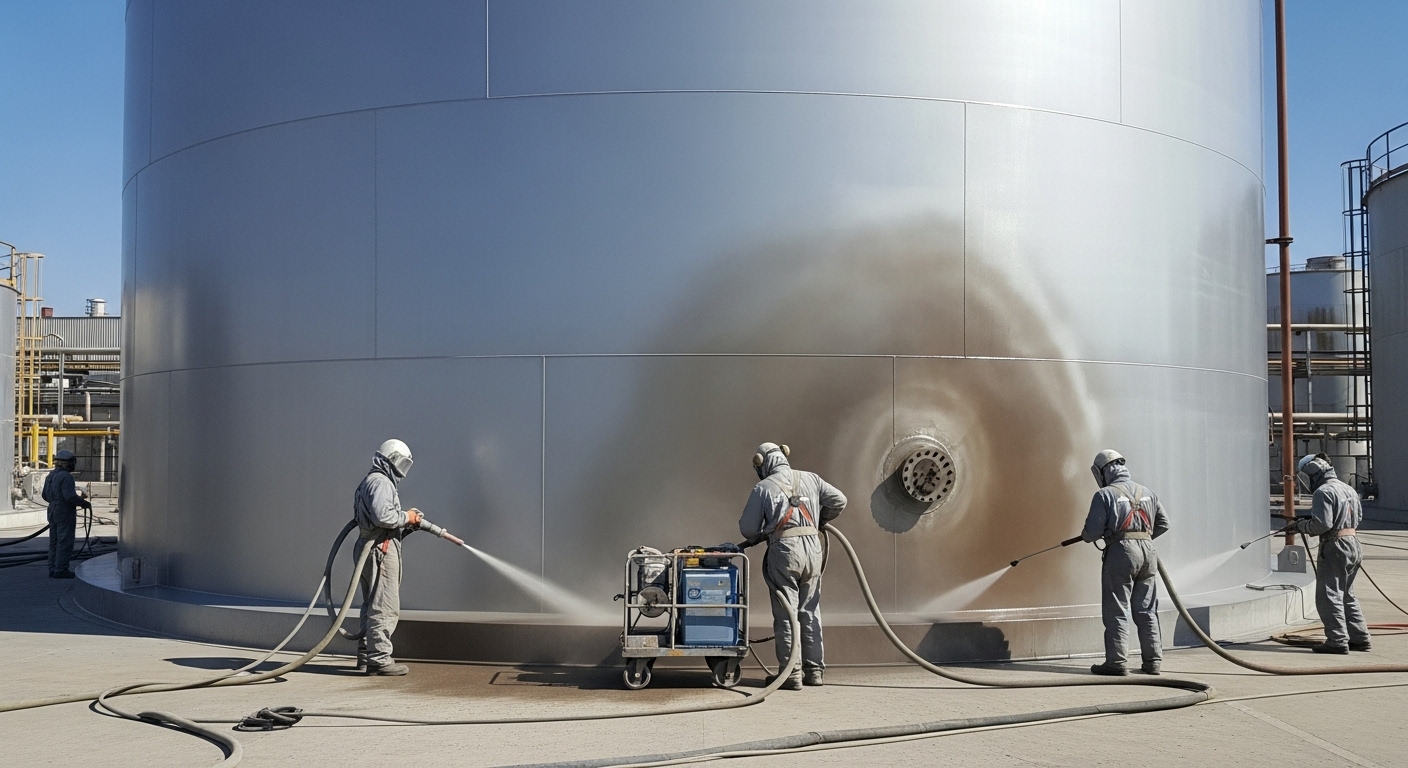Every drop of water that reaches our taps relies on infrastructure that most people never think about—tanks and towers that store and protect our supply. These structures face constant exposure to weather, UV light, chemicals, and changing water levels.
Without the right coating system, they corrode, deteriorate, and eventually fail. The consequences are serious: unsafe water, costly repairs, and a community left scrambling for solutions. This is where water tank coating systems come in.
Far more than just paint, they are specialized protective layers designed to extend a tank’s life, keep drinking water safe, and maintain compliance with strict standards. Choosing the right coating can feel overwhelming with so many options, epoxy, polyurethane, NSF-approved coatings, and more.
That’s why we’ve built this complete 2025 guide: to break down the choices, explain the factors that matter, and help you make the smartest investment for your water infrastructure.
Why Water Tank Coating Systems Are Essential for Safety and Longevity
The first step in understanding costs and benefits is realizing what water tank coating systems actually do. They create a barrier between the tank’s interior or exterior surfaces and the elements. Inside, coatings must protect against corrosion while keeping water potable and free from contamination.
Outside, they fight off UV rays, weather extremes, and pollutants. Without coatings, steel tanks rust, concrete deteriorates, and water quality suffers. That’s why municipalities and industries rely on potable water safe coatings that meet strict health standards. These systems don’t just add years to a tank’s service life—they also reduce long-term maintenance costs and help avoid emergency shutdowns.
Of course, the right choice depends on the tank type, climate, and water chemistry. That’s why an inspection before coating is always recommended. It ensures you’re not just applying a coating, but applying the right one for your unique conditions.
The Importance of NSF Approved Tank Coatings for Drinking Water Applications
When it comes to tanks that hold drinking water, safety isn’t optional. NSF approved tank coatings are the gold standard because they’re tested and certified to ensure they won’t leach harmful chemicals into potable water. These coatings are specifically designed for environments where water purity must be guaranteed.
For municipal water systems, NSF approval is often a legal requirement. But even in industrial or commercial applications, it’s the smart choice. Imagine the reputational and financial damage of a contamination incident that could have been avoided with the right coating.
These coatings also meet strict durability requirements. Whether you’re dealing with food grade tank paint for sensitive applications or large-scale municipal projects, NSF-certified coatings provide peace of mind. They show a commitment not just to compliance, but to protecting the health and trust of the communities served.
Exploring Epoxy Water Tank Paint: Reliable and Cost-Effective Solutions
Among the most widely used industrial tank paint systems is epoxy. Known for its excellent adhesion and chemical resistance, epoxy water tank paint has long been a favorite for both interior and exterior applications. Its ability to form a hard, durable barrier makes it particularly effective in preventing corrosion.
Epoxies are also versatile. They can be tailored for chemical resistant tank coatings in industrial environments or optimized for potable water safety in municipal systems. However, epoxies aren’t perfect—they can be prone to chalking or UV degradation when exposed to sunlight for long periods. That’s why they’re often paired with topcoats like polyurethane for exterior use.
Selecting the right epoxy product requires evaluating the tank’s surface preparation requirements. A poorly prepared surface can shorten the life of the coating dramatically, no matter how strong the epoxy itself is. That’s why preparation and proper application are just as critical as product choice.
Why Consider Polyurethane Tank Coating for Exterior Durability
For tanks exposed to the elements, polyurethane tank coating is often the ideal choice. Known for its flexibility and superior UV resistance, polyurethane is particularly suited for exterior applications where long-term aesthetics and protection matter. Unlike epoxies, polyurethanes maintain their color and gloss, keeping tanks looking clean and professional for years.
Polyurethanes are also tough. They can withstand abrasion, making them ideal for harsh environments where wind, dust, or debris pose challenges. In fact, many contractors recommend a hybrid approach: epoxy as the interior or base layer and polyurethane as the protective topcoat.
The maintenance schedule impact of polyurethane is another advantage. Because it lasts longer under sunlight and weather exposure, tanks coated with polyurethane typically require fewer repaints, reducing lifetime costs. In other words, while polyurethane may cost more upfront, it pays for itself in durability and reduced upkeep.
Comparing Modern Industrial Tank Paint Systems for Different Needs
Today’s industrial tank paint systems are more advanced than ever. From multi-layer systems that combine epoxy primers and polyurethane finishes to specialized anti-corrosion coating systems designed for marine or chemical environments, the options are diverse.
For potable water, coatings must also meet NSF or similar standards. For industrial tanks holding chemicals, the focus shifts to chemical resistance. And for tanks in sunny climates, UV resistant water tank paint is critical.
Choosing between systems isn’t just about product performance; it’s about total cost of ownership. While cheaper coatings may save money initially, they often require more frequent repainting. By contrast, high-performance systems extend life cycles and lower maintenance needs. That’s why an inspection before coating is essential—it helps match the system to both environmental challenges and budget priorities.
Planning Ahead: Balancing Surface Preparation Requirements and Long-Term Costs
No matter how advanced the coating system, it won’t last if surface preparation requirements aren’t met. Proper cleaning, sandblasting, or pressure washing removes old coatings, rust, and contaminants, creating a clean surface for new coatings to bond with. Skipping or rushing this step is the fastest way to guarantee premature failure.
While preparation can add to upfront costs, it significantly lowers lifetime expenses by maximizing coating performance. In other words, surface prep isn’t an “extra”—it’s the foundation of success.
Equally important is recognizing how coatings affect the maintenance schedule impact of tanks. A tank properly prepped and coated can go decades before needing full recoating. That means predictable budgets, fewer disruptions, and stronger protection of public health.
Preparation and planning may not be glamorous, but they are the hidden heroes of successful coating projects.
Choose The Right Coating System for Your Tank and Protect Its Future
Selecting the right water tank coating systems isn’t just about choosing a product—it’s about protecting communities, extending infrastructure life, and managing long-term budgets responsibly. From NSF approved tank coatings that guarantee water safety to epoxy water tank paint and polyurethane tank coating that deliver proven durability, each system offers unique strengths. The key is matching the right coating to the specific needs of your tank and environment.
Don’t forget the fundamentals: inspection before coating, meeting surface preparation requirements, and understanding the maintenance schedule impact of each choice. These steps ensure your investment lasts, delivering clean water and reliable service for decades.
If you’re planning a new project or updating your current tanks, now is the time to take action. Protect your infrastructure, your community, and your budget with the right solution. Choose the Right Coating System for Your Tank today and secure the future of your water supply.







